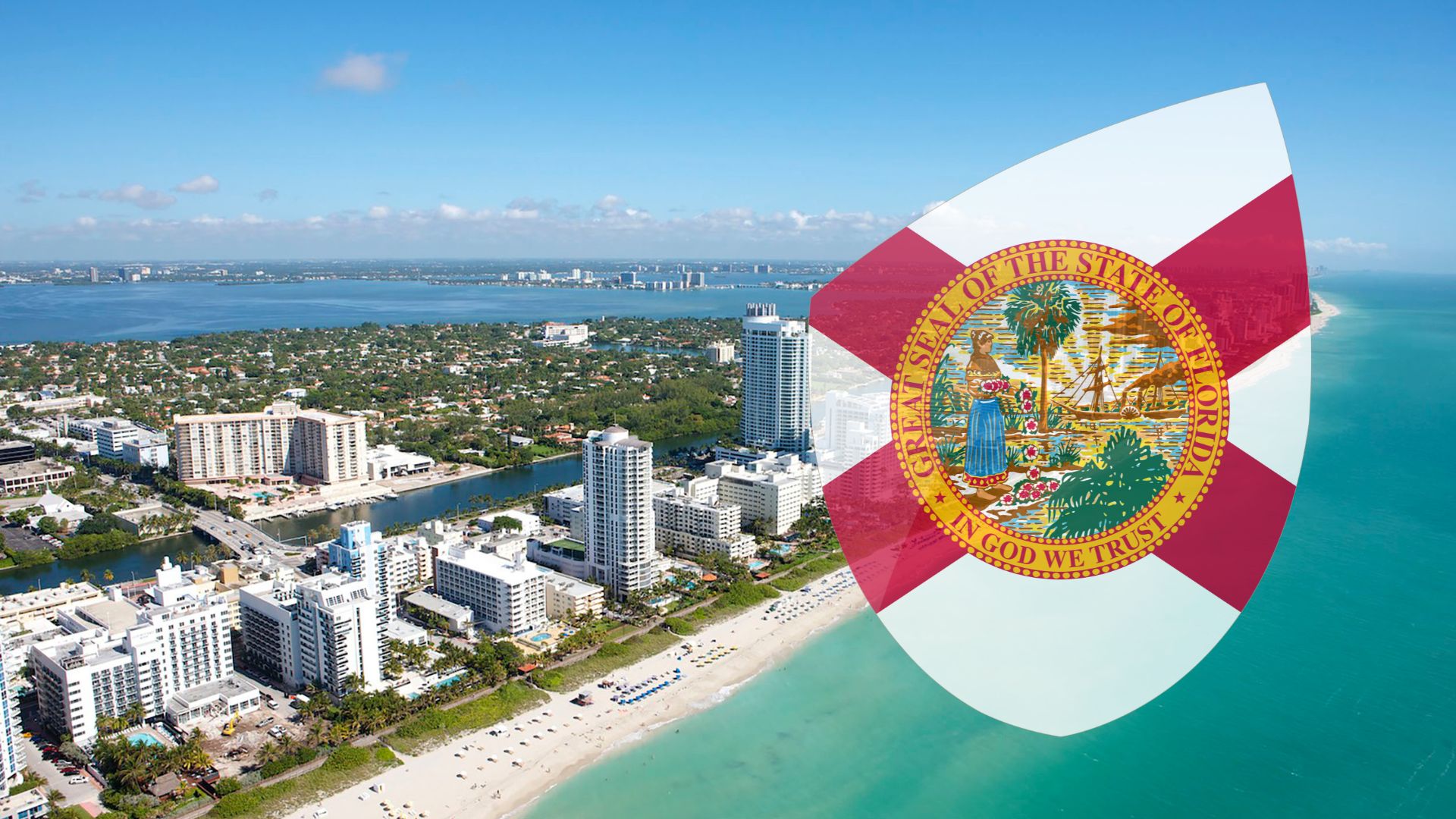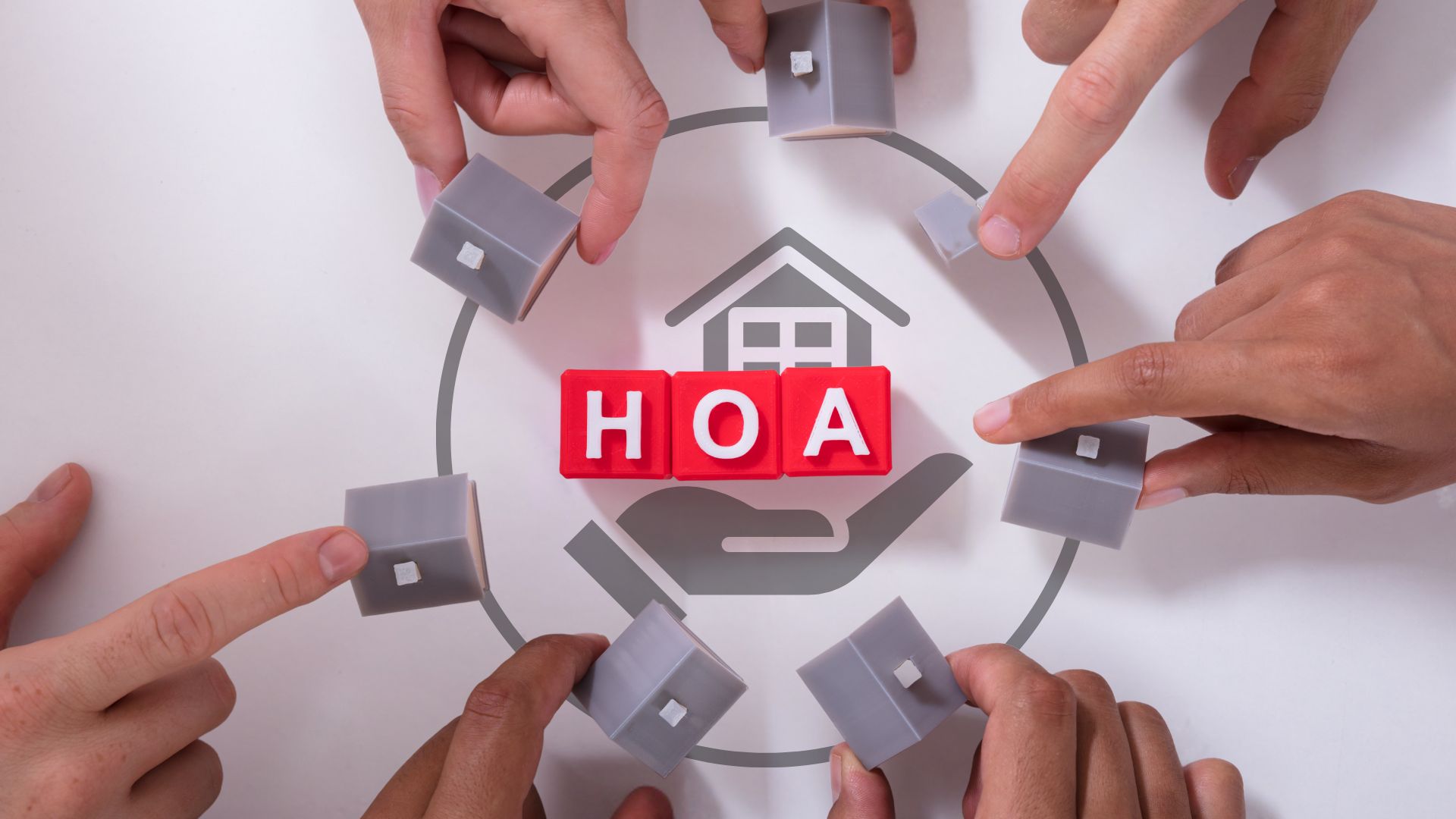Rising Insurance Costs Hit Homeowners’ Associations Hard
Homeowners’ associations (HOAs) across the United States are dealing with a growing challenge that’s hitting both their budgets and the wallets of individual homeowners—rising insurance costs. This trend, fueled by climate-related risks, aging infrastructure, and shifts in the insurance market, is reshaping how HOAs operate and, in many cases, forcing difficult decisions at both the board and homeowner levels.
The Insurance Crunch: A Nationwide Issue
From Florida’s hurricane-prone coastlines to hail-prone states like Minnesota and Colorado, insurers are either raising premiums dramatically or exiting the HOA market altogether. This retreat has made it harder for HOAs to secure affordable policies, especially for covering communal areas such as clubhouses, playgrounds, and shared roofs.
For instance, in Lakeville, Minnesota, an 84-unit HOA saw its master policy premiums quadruple since 2021, jumping from manageable figures to $236,000 annually. The community hadn’t suffered significant damages during this period, illustrating how insurers are being proactive—raising rates based on potential future risks rather than actual claims. Such hikes often translate to increased monthly fees for homeowners, which, in this case, doubled to almost $700 per month.
Colorado and Minnesota aren’t the only examples. Coastal regions like those in Florida and Texas are facing even steeper challenges due to their vulnerability to catastrophic events like hurricanes and heavy flooding. Such risks have placed homeowners in those areas at the forefront of the insurance crisis.
Surfside and Its Aftermath
The instability in the HOA insurance market was exacerbated significantly by the Surfside, Florida, condo collapse in 2021. The tragedy highlighted the potential risks tied to aging infrastructure and brought increased scrutiny to condo associations nationwide. Insurers, worried about exposure to large potential losses, tightened underwriting standards, increased premiums, or in some cases, chose to leave the market altogether.
This change has been most acute for multifamily developments like condos and townhomes, which often rely on “master policies” to insure both exterior and communal features. For many condo owners, these rising costs are making the dream of homeownership tougher to attain—and keep.
Climbing Fees and Tough Choices for Homeowners
Higher insurance premiums leave HOAs with few options. Boards must either pass the added costs onto members through increased monthly dues or reassess what their policies cover. For some communities, this means cutting back on coverage. Instead of comprehensive rebuilding policies, they might opt for plans that shift costs of interior repairs, like drywall and flooring, to individual condo owners.
Mark Foster, a board member in one HOA, described this shift as a “double-edged sword.” By lowering their association’s total insured value, they saved on premiums, but every owner subsequently needed to secure more extensive and expensive personal insurance policies. While this approach offers short-term relief for overall HOA fees, it raises individual costs and complicates matters after a disaster strikes.
Deferred maintenance is another common stopgap. To avoid further fee hikes, many HOA boards are choosing to delay essential projects like road repaving or roof replacements. Though this strategy might ease financial strain in the short term for homeowners, it risks creating more significant—and costly—issues down the line.
A Ripple Effect on Property Values
The challenges aren’t just financial; they’re also creating a drag on the housing market. HOAs are integral to neighborhoods across the country, particularly in suburban areas. Nationally, about 74 million Americans live in HOA-managed communities. If these challenges persist, the financial and logistical difficulties tied to rising fees could deter potential buyers, affecting property values.
Case in point, in areas like Houston and Jacksonville, sluggish condo sales have already begun signaling a wider issue. Realtors attribute this slowdown, in part, to the steady climb of HOA-associated costs. However, nationwide, the effects remain mixed; while condo prices maintain an upward trajectory in many markets, higher HOA fees may eventually dampen growth or even drive values down.
How Communities Can Adjust and Adapt
There’s no magic fix for the insurance hurdles facing HOAs, but communities can adopt strategies to mitigate the load. Proactive risk management is key. For example, HOAs located in disaster-prone areas might reinforce structures for resilience—considering measures like hail-resistant roofing, improved drainage systems, or fire-resistant landscaping. These steps not only protect properties but also reassure insurers, potentially curbing premium hikes.
Regular policy reviews with brokers remain vital. Boards can confirm they aren’t over-insuring, explore group policies with nearby associations, increase deductibles, or eliminate overlapping coverage. Transparent communication with homeowners is also critical, ensuring they’re aware of budget constraints and involved in major decisions.
Lastly, fostering healthy reserve funds through long-term financial planning can allow HOAs to weather unexpected hurdles without entirely relying on fee increases. While building reserves takes time and discipline, it offers tremendous stability when sudden costs—natural disasters or otherwise—emerge.
A Changing Landscape
Rising insurance premiums are a reflection of our changing environment and, to a degree, shifting realities in homeownership. For those living in HOA-managed neighborhoods, adapting to this new normal remains crucial. While insurance costs are unlikely to drop drastically in the near future, better risk management and collaborative financial strategies can help these communities achieve stability and maintain property values.
The challenge, of course, isn’t just about adapting to costs but finding ways to preserve the shared sense of community that makes HOA living desirable in the first place. By planning ahead and addressing these issues together, HOAs can ensure they’re protecting not just property values, but also their residents’ peace of mind.


